How to write an effective product design brief
Reading time 11 mins
Key Points
- An effective brief aligns all parties on what the goal is
- Keep it short and concise
- Frame the user and their needs
- Identify problems to be solved
- Don’t prescribe solutions
- Define timescales
- Define deliverables
Ready to start developing your new product?
Call us for a quote!
Ben Mazur
Managing Director
I hope you enjoy reading this post.
If you would like us to develop your next product for you, click here
Writing a good product design brief is the secret to the success of any product design project. It ensures that the success criteria for the product are understood by everyone involved from the outset and it serves as reference point for evaluating design concepts against user needs. It provides confirmation that you have reached a suitable design solution. Being able to write an effective product design brief is an important skill for any design manager and is especially important when aligning different teams on the overall goal of a project.
So, how do you write an effective product design brief? Here are 6 tips.
1. Frame the end user
The end user should always be at the centre of your product design brief, not the client. We see lots of briefs which say things like:
Company X wants to enter market Y by creating a new product which competes with current market leader Z. It should be as cheap as possible to make, strong and lightweight and made of plastic.
The problem with this approach is it misses the point of who the users are. It doesn’t describe what their needs are and how they are not being met by existing solutions. It is simply a wish list of commercial requirements, not necessarily what the end user wants. This approach runs the risk of yielding a solution which is no better than what is already available.
- Who are your users?
- What are their needs?
- How are their needs currently being met?
Consider their age, gender, where they live, how much they earn. Are they married? Do they drive? How is their health and mobility? Are they active? How often and where will they use this product? Will they use it for work or play?
What opportunities are there to provide a better solution to users when the problem is framed with these kind of questions?
2. Identify their problems
Outline the problems to be solved but do not prescribe outcomes. Prescribing outcomes i.e. dictating specific features early on can be very limiting to creativity and prevent better solutions being found through research and ideation later.
We have identified our users, now what problems do we need to solve for them? All too often design briefs are commercially driven, but don’t forget, design should always be about the end user, so try to frame them in the centre of your brief, rather than the commercial drivers. The commercial considerations will come later when you write your product design specification.
It is also worth remembering that the fewer problems a product tries to solve, the more likely it will be to solve all of them well and the easier it will be for the user to understand the benefits of the product against others. Pick one or two problems to solve, define them thoroughly and identify some key metrics to measure how well it solves the problems. Don’t try and solve every problem, you will end up with a complicated and confusing product or system which doesn’t do anything better than anyone else.
3. Say what and why, but not how
We all instantly come up with ideas when presented with problems to solve and it is very easy to write them into a product design brief and shut the door on most of the innovative potential of a project. But when you instead clearly define a problem which needs to be solved and why it matters to a certain group of people you will get the maximum creative horsepower from your design team.
The most common word used in any product design brief is “should”. The product should be this or should do that. The word should is apt because it conveys the flexibility of what the outcome will be at this early stage of the project.
A good brief should say what the solution needs to do, but not how it needs to do it. It is important not to constrain the outcome or dictate too early what the product features need to be before sufficient research has been conducted. As the very first stage of a product design project, a product design brief needs to be open to interpretation and allow scope for creativity.
An example of why this is important comes with the versatility and prevalence of mobile phones and the increasing array of sensors they contain. As of November 2019 3.3bn people potentially have your product in their pocket already. We are now sometimes saying to clients, do you need a product or do you need an app? We might challenge the assumption that your next product is even a tangible thing.
4. Keep it short
The brief is a top level design document. It is meant to be open to interpretation and by definition, it is meant to be brief.
A product design brief needs to be concise, so keep it short. No one will read it if it is too long, it needs to be so short it’s almost easy enough to memorise.
Example:
Design a product or system which solves these problems for this group of people.
- Group of people
- Their problem
- How they currently solve it
- Why the current solution is not meeting their needs properly
5. Key Deliverables
What is the output? What do you want to achieve? The physical output of the project will vary depending on the size and nature of the project and the time and resources you have available. It may be that the output is just a concept, it could be a prototype or it could be a fully resolved system.
Being clear on what the deliverables will be in advance will avoid any confusion down the line. It does not need to stipulate what exactly what the solution will be or exactly what form it will take but should list general items like:
- Research findings
- 3 x design concepts
- A product design specification
6. Timescale
A project without a deadline will lack focus. A fixed deadline and a little bit of pressure helps to keep the team disciplined and maintains project momentum. Set a realistic deadline at the start, add 10-15% time as a buffer and then stick to it. An effective timeline includes key milestones with objectives and delivery dates for each.
Write an effective product design brief and get maximum creative horsepower from your design team
How you write your product design brief will greatly affect the outcome of the project and whether or not your product or system meets user needs. By not writing a product design brief in the right way you may end up unintentionally limiting the creative scope of your project.
Keep it short and concise, focus on the user and their problems, don’t prescribe solutions and set goals and timescales.
 Product design brief
Product design brief
Download our free template
Comments
Get the print version
Download a PDF version of our article for easier offline reading and sharing with coworkers.





0 Comments